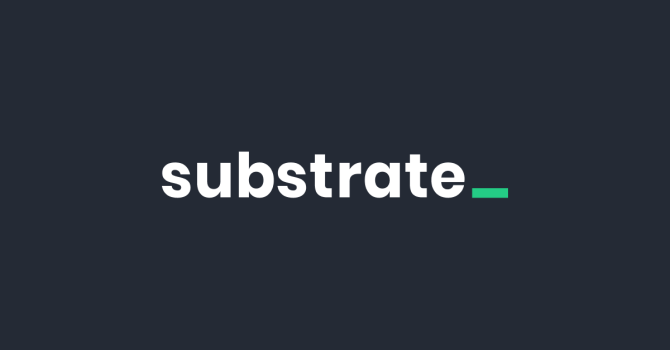Substrate chain deployment is a transformative process that turns a conceptualized blockchain into a functional, live network. It marks the transition from theoretical ideas to tangible solutions, allowing developers to showcase the practical applications of their innovations. Substrate chain deployment is the culmination of meticulous planning, coding, and testing, and it opens the doors to a decentralized world of possibilities.
Key Steps in Substrate Chain Deployment:
Key Steps in Substrate Chain Deployment:
- Define Use Case and Requirements: The deployment journey begins with a clear understanding of the use case and specific requirements of the Substrate chain. Developers must define the purpose, functionality, and goals to lay a solid foundation for subsequent steps in the deployment process.
- Select and Customize Substrate Modules: Substrate offers a modular design with various pre-built modules that developers can choose from. These modules serve as the building blocks for custom blockchains. Developers select and customize these modules based on the features required for the targeted use case, optimizing the chain's functionality.
- Define Consensus Mechanism: Substrate supports multiple consensus mechanisms, such as proof-of-stake (PoS) or proof-of-authority (PoA). The choice of consensus mechanism is a critical decision, impacting security, scalability, and the nature of the Substrate chain. Defining the consensus mechanism aligns the network with its intended characteristics.
- Node Setup and Configuration: Nodes are the backbone of any blockchain network. Strategic node setup and configuration involve deploying nodes that validate transactions, participate in the consensus mechanism, and contribute to the overall security and reliability of the Substrate chain.
- Genesis Block Creation: The genesis block is the foundational block of the Substrate chain, containing the initial state of the blockchain. Developers create the genesis block by specifying the initial distribution of tokens, validators, and other essential parameters. This block sets the stage for the Substrate chain's entire history.
- Implement Governance Structures: Governance mechanisms are crucial for the functionality and evolution of a blockchain. Developers implement governance structures within the Substrate chain, determining how decisions are made, proposals are voted on, and upgrades are implemented. This step ensures adaptability and ongoing governance.
- Testing and Optimization: Rigorous testing and optimization are essential before deploying a Substrate chain into production. Developers thoroughly test the functionality of the chain, identify and address potential issues, and optimize its performance for efficiency. Iterative testing ensures the Substrate chain meets desired standards.

